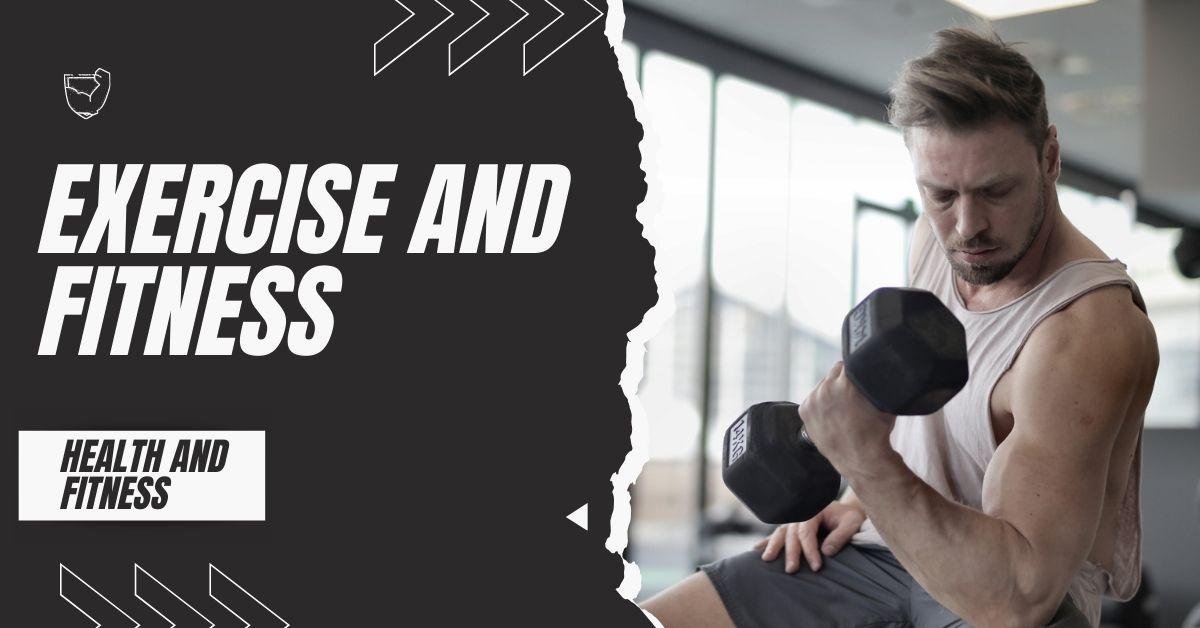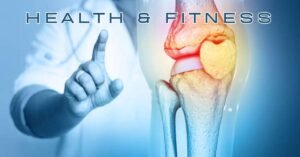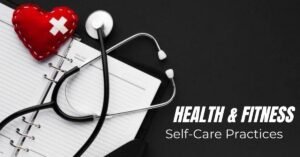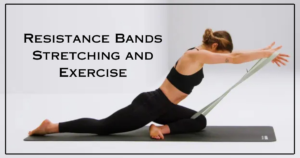The most crucial thing you can do for your health is to exercise frequently, ideally daily. Short-term benefits of exercise include mood enhancement, hunger control, and better sleep. Over time, it lowers the risk of diabetes, heart disease, stroke, depression, dementia, and numerous types of cancer.
Why are exercise and fitness so crucial for older adults?
Now is a fantastic time to begin an exercise and fitness plan, regardless of whether you were previously much more physically active or have never been one to exercise frequently. It is equally crucial for elders to get and stay in shape as it is for younger individuals.
Why is exercise crucial for senior citizens? Raising your heart rate and pushing your muscles have numerous positive effects on your physical and mental well-being, as well as almost every system in your body. In addition to preventing dangerous plaque from accumulating in your arteries, physical activity lowers inflammation, raises blood sugar, fortifies bones, and helps prevent depression.
Regular exercises and fitness also lower your risk of some malignancies, improve your sex life, improve the quality of your sleep, and are associated with a longer lifespan.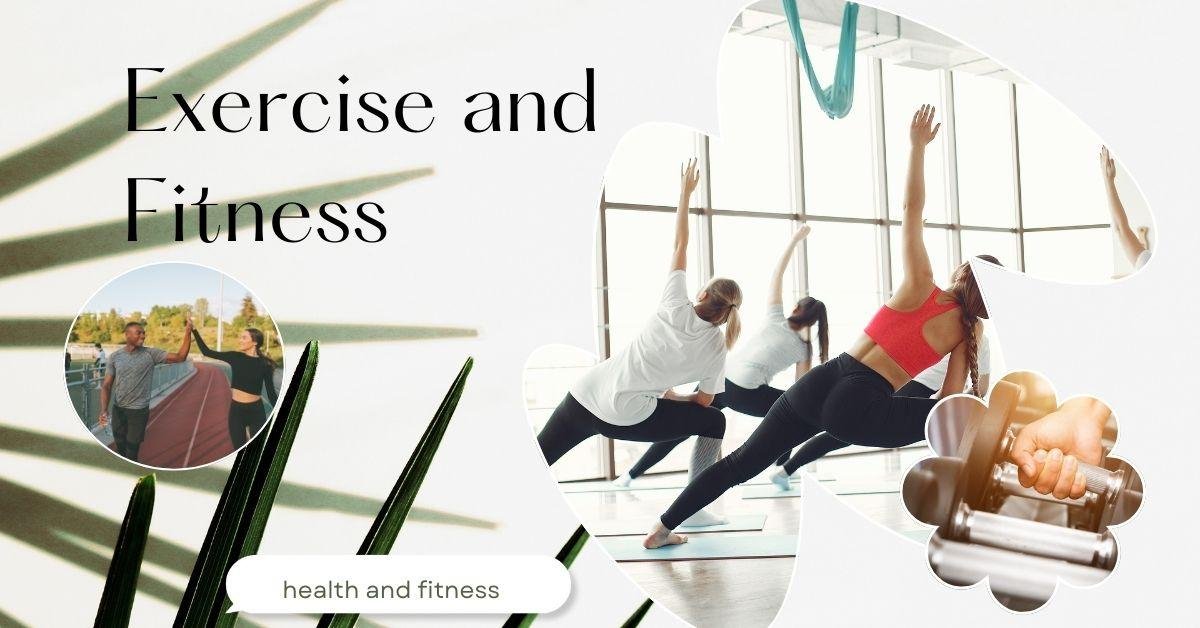
Many older folks are reluctant to move because they may not know what kinds of fitness and exercise are safe and beneficial, or how much exercise and fitness they should be doing. There is nothing wrong with beginning out small and working your way up to lengthier workouts because, as the good news goes, any action is better than being sedentary. Aim for at least 150 minutes of moderate-intensity exercise per week, but if that is not possible, work your way up to (and then surpass) that amount.
You can be physically active throughout the day by playing with your grandchildren, using the stairs, and doing yard work, even if there are many specific types of fitness and exercise for adults.
There are few exceptions, but most seniors can start exercising and staying fit without first seeing a doctor. Consult your doctor first if you have a serious medical condition, such as diabetes, high blood pressure, heart or lung disease, osteoporosis, or a neurological disorder. People with mobility problems, including arthritis or poor balance, should also consult their physician.
Which kind of exercise and fitness are the most effective?
Although there are countless ways to exercise, professionals divide physical activity into four main categories according to the functions each one requires of your body and the advantages of the movement.
An elevated heart rate is indicative of aerobic exertion. The primary focus of aerobic exercise is on your heart and lungs, even if most of them involve moving your entire body. This is why aerobic exercise is frequently referred to as “cardio” because it tests and strengthens your cardiovascular system. When done at a high enough intensity, exercises like walking, swimming, dancing, and cycling cause your heart to work harder and your breathing to quicken. Aerobic workouts lower blood sugar, burn fat, elevate your mood, and lessen inflammation.
It is recommended to engage in strength exercise, also known as resistance training, two to three times a week. Exercises like squats, lunges, push-ups, and those done with weights, bands, or resistance machines assist preserve and even increase muscular mass and strength. Additionally, strength training maintains strong bones, lowers blood sugar, enhances balance, and prevents falls. Combine exercises that are both isometric and isotonic. Planks and holding leg lifts are examples of isometric exercises that are performed without movement. They are excellent for enhancing stability and preserving strength. You must support your weight when performing isotonic activities. Exercises and fitness that are isotonic include sit-ups, bench presses, and bicep curls.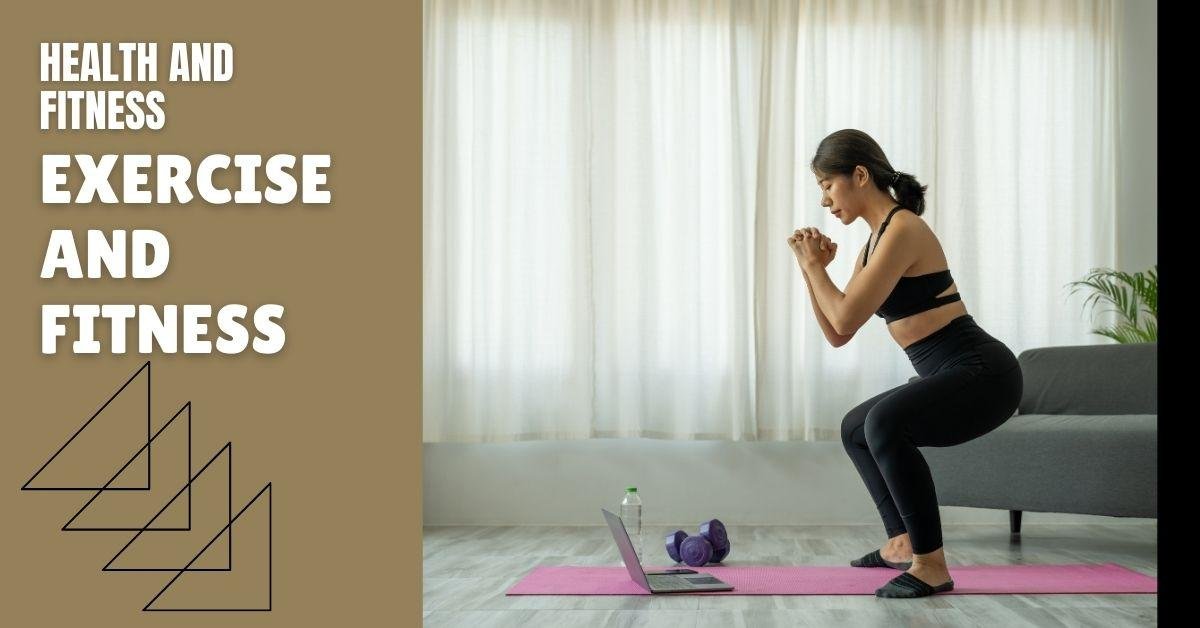
Stretching activities keep your muscles and tendons flexible, protect your posture, and promote mobility, especially as you age. It is possible to stretch daily.
Exercise and fitness for balance activate the different systems, including the inner ear, eyes, muscles, and joints, that keep you upright and focused. Yoga and tai chi are excellent balance exercises that can help you stay independent far into your senior years and prevent falls.
How much exercise and fitness is necessary for me?
Your current level of fitness, your fitness objectives, the kinds of exercise you intend to do, and whether you have deficiencies in areas like strength, flexibility, or balance will all affect how much exercise you should be getting.
As a general guideline, 150 minutes of moderate-intensity aerobic activity (or 75 minutes of strenuous exercise) is recommended as a weekly minimum. To get the most out of your fitness, you will want to surpass that as you get fitter. Performing a 30-minute session five days a week or dividing the 150 minutes into two 15-minute sessions on a single day are two natural ways to divide the time. Choose a schedule that works for you.
Try to work all of your major muscle groups twice or three times a week when doing strength training, allowing 48 hours for recovery in between sessions. Doing “total-body” exercises means working out twice a week. You will need to work out more frequently if you decide to divide your exercises and fitness into different sessions to focus on different muscle groups (e.g., “leg day”). Just be careful to take a 48-hour break before working out a major muscle again.
See a healthcare professional for advice on exercises tailored to your balance if you have observed issues like unsteadiness, vertigo, or dizziness. Take a 30-minute walk at least twice a week and engage in three half-hour workouts.
Stretching is best done after you have warmed up for a few minutes or after you have finished your workout. Stretch each muscle group slowly and steadily, then release it and do it again.
However, how much exercise and fitness is excessive? Particularly in the beginning, you should anticipate some discomfort in your muscles after working out. However, you can be overtraining if you discover that your body is not recuperating in between workouts. Keep in mind that older adults require more time to recover than younger ones. You should feel fine after an exercise regimen, except for “welcome” muscle discomfort. You are most likely going overboard if it doesn’t.
What are the advantages of physical activity?
A well-thought-out fitness regimen will have countless positive effects on your body and mind.
Exercise and fitness’s positive effects on mental health are widely known. One significant study, for instance, discovered that sedentary adults have a 44% higher risk of depression. Another study discovered that just 90 minutes of weekly exercise could provide people with mild to moderate depression with outcomes comparable to those of antidepressants. The release of dopamine and serotonin, two brain chemicals that improve mood and reduce stress, seems to be the key.
The benefits of exercise and fitness for cardiovascular health are well known. However, how does physical activity reduce blood pressure? It is interesting to note that when you make your circulatory system work harder by engaging in aerobic exercises and fitness, your blood pressure rises momentarily. However, once you end your workout, your blood pressure falls to a lower level than it was before you started.
Many people believe that exercise and fitness are essential to losing weight, and while food is very important, they are not mistaken. What is the most calorie-burning workout, though? Cardiovascular workouts are generally excellent for burning calories and losing body fat. However, do not undervalue the benefits of strength training, which maximizes your body’s proportion of lean muscle to fat and is the best form of exercise for building bone.
Regarding the best weight-loss exercises and fitness, there is no single holy grail. Consistent exercise is the most effective way to lose weight. The exercise that will help you lose weight is whatever gets your heart rate up and gets your body moving, as long as you enjoy it and stay motivated.
What if I have a limited capacity for exercise and fitness?
Even if they have significant limits, everyone can and should engage in some kind of exercise. Senior-friendly, low-impact, and safe workouts that may be performed while seated if needed have been created by experts.
Senior balancing exercises and fitness can be performed while hanging onto a chair or doorframe if you are worried about your risk of falling. For instance, when standing behind a chair, you can contract your abdominal muscles and raise one leg to roughly the height of the other leg’s middle calf while holding the chair’s back. As you get better, you could attempt to use just one hand to grip the chair before releasing it.
Even senior core-strengthening activities can be modified for people with limited mobility. For instance, to perform a conventional plank, position yourself parallel to the floor such that just your forearms and toes make contact with the mat. You can put your knees on the mat in a simpler variation as well.
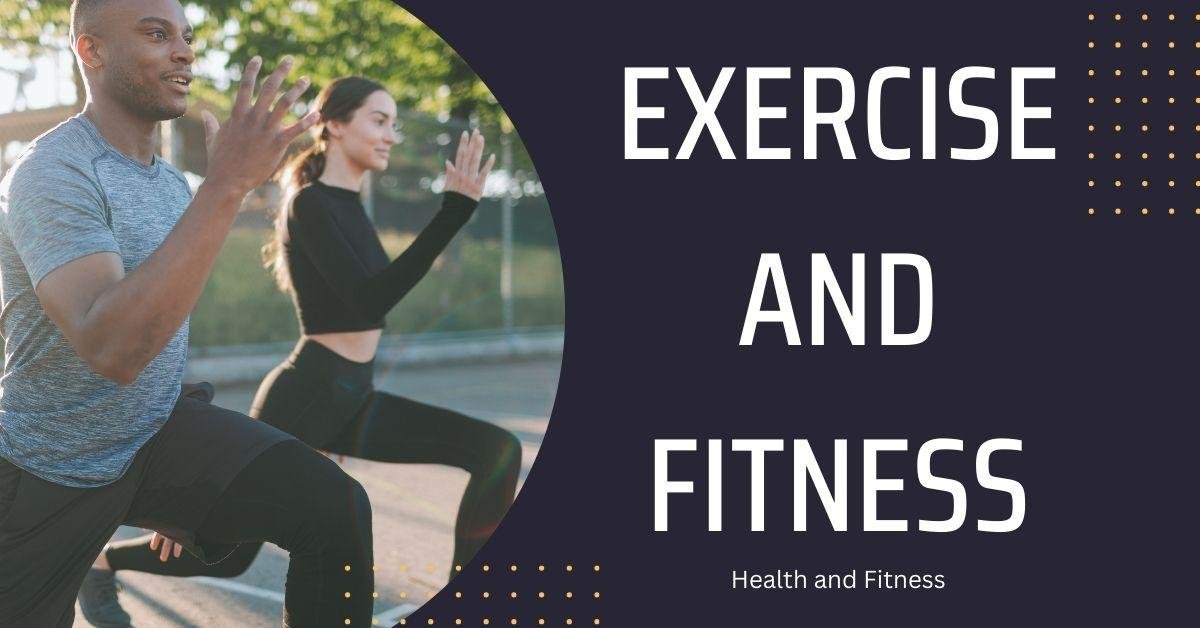
However, performing the plank while standing and bending forward is an even simpler technique. You rest on the balls of your feet, maintain your back straight, and place your elbows and forearms on a desk, table, or wall.
Senior stretching exercises and fitness come in a variety of forms to accommodate a range of skill levels. You might try a full-body stretch by lying on your back, straightening your legs, and extending your hands down the floor past your head if you are unable to hold positions on your hands and knees. Certain stretches, like neck rotations and overhead stretches, can be performed while seated.
